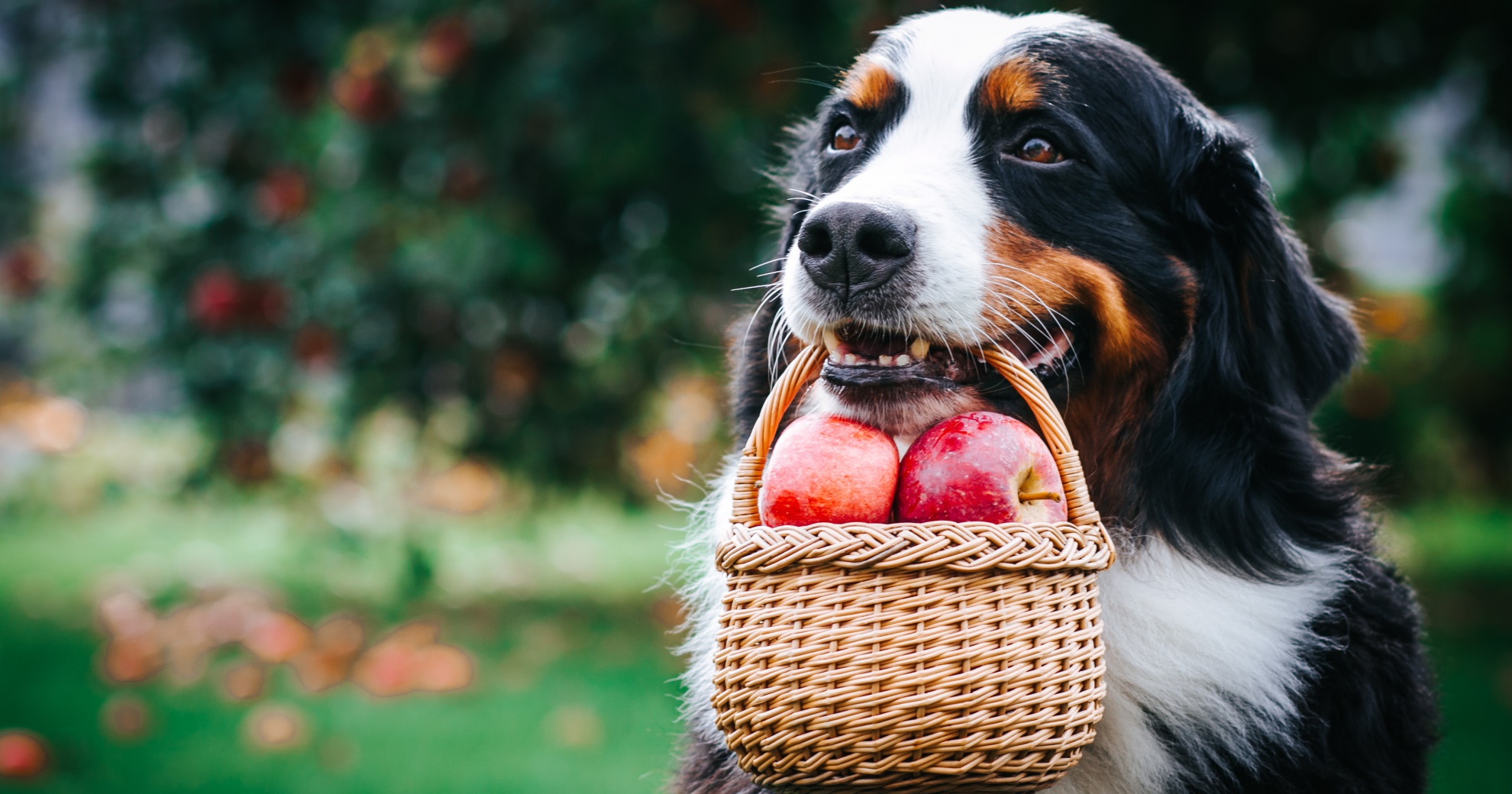LIFESTYLE & MORE

VOTING BOOTH

TRENDING

LIONS FOUNDATION OF CANADA DOG GUIDES
Lions Foundation of Canada Dog Guides and its founding program, Canine Vision Canada, was established in 1983. It’s the largest school of its kind in Canada with its training school in Oakville and breeding facility in Breslau.
Doggy Digestive Health

Because we want our companion pooches to be in the best possible condition, we make sure to give them plenty of exercise, the best nutrition available, and keep them off sweets and other unhealthy treats.
These are all essential to every dog’s well-being but most of us don’t know whether all the expensive dog food and nutritious snacks are being optimally digested. That’s because very few of us know how much the canine digestive system differs from that of humans.
How these systems are constructed and function gives us several clues but the chemistries that process foodstuffs are invisible and extremely unalike. The mouth parts, including the teeth, jaws, and their controlling musculatures allow food to be ripped and chewed. Dogs have forty-two pearly whites on average compared to our thirty-two and while the teeth have similar basic functions, there are obvious differences in shape and strength. Remember also that our hands allow the plate-to-mouth food interactions to be managed much more precisely than a dog can. They make up for this with powerful jaws and a rough but flexible tongue that allows it to bolt its food instead of chewing it fine.
While the physical process of mashing food into a mass that can be swallowed takes place in both the canine and human mouths, in humans the chemical digestive process begins with the amylase enzyme converting carbohydrates into sugars that can be easily absorbed and metabolized. Since dogs have no amylase in their saliva, the chemical conversion of carbs to sugars happens much later during digestion. Dogs gulp their food for it to reach the stomach rapidly where the gastric acid (+/- 10 times more potent than in humans) and protease enzymes (chymotrypsin, trypsin, and pepsinogen) begin digesting proteins into absorbable amino acids. The consumed food stays in the dog’s stomach for up to eight hours compared to the 30 minutes it remains in the human stomach.
Only once it passes to the much shorter small intestine does the dog’s system begin breaking down the carb and fat content of the food. This is a critically important stage and diverges dramatically from the human process. Remember that canines cannot produce the enzyme amylase in their saliva, but a small amount is produced from the pancreas. This means they can digest foods with minimal starchy content like grasses, seeds, and plant materials most of which they would have consumed when eating their natural wild prey’s gut contents. Because amylase is lacking, processed foods heavy with carbohydrates over-taxes the digestive system and could lead to complicated health problems like obesity, diabetes, and even cancer. That’s why it’s sensible to feed them a species-appropriate diet with the nutritional content they naturally evolved to eat. Of course, this would seem to place an extra burden on already stressed-out doggy parents. The good news is that not all carbs are equally bad for our canine companions. Refined starches like white flour and sugars, and even honey should not make it onto your pet’s menu, even as treats. But the complex carbs found in unprocessed whole foods such as raw or lightly cooked veggies and millet supply slow-release energy, aid digestion, maintain the nervous system, boost immunity, and regulate the metabolism. These are cheap and easily provided supplements to the quality kibble they normally get but should not exceed about a quarter of their daily food intake. Feeding your dog raw foods can be a healthy, nutrient-rich diet but because these can be easily contaminated freshness is the keyword.
We have discussed the digestive system and the basic requirements of a healthy eating scheme for your dog, but to complete the picture we must mention the role of probiotics. These are healthy microbes that live in the gut and help convert the carbohydrate and fibre-based sugars into the vitamins and fatty acids that naturally boost your pet’s biochemistry. By improving the immune system, they help stave off infections throughout the body. A great and cheap source of probiotics is unsweetened natural yogurt used as a light topping on a normal helping of quality kibble.
A happy dog in good health is all the reward we as loving pet owners need in return for the care lavished on our most loyal and deserving animal companions.
![]() Ask your veterinarian for advise on the best diet to meet the needs of your dog. Your veterinarian can recommend food with a specific nutrient profile to help support one or more of your dog’s age-related conditions. Find a veterinarian near you.
Ask your veterinarian for advise on the best diet to meet the needs of your dog. Your veterinarian can recommend food with a specific nutrient profile to help support one or more of your dog’s age-related conditions. Find a veterinarian near you.
Related Articles








